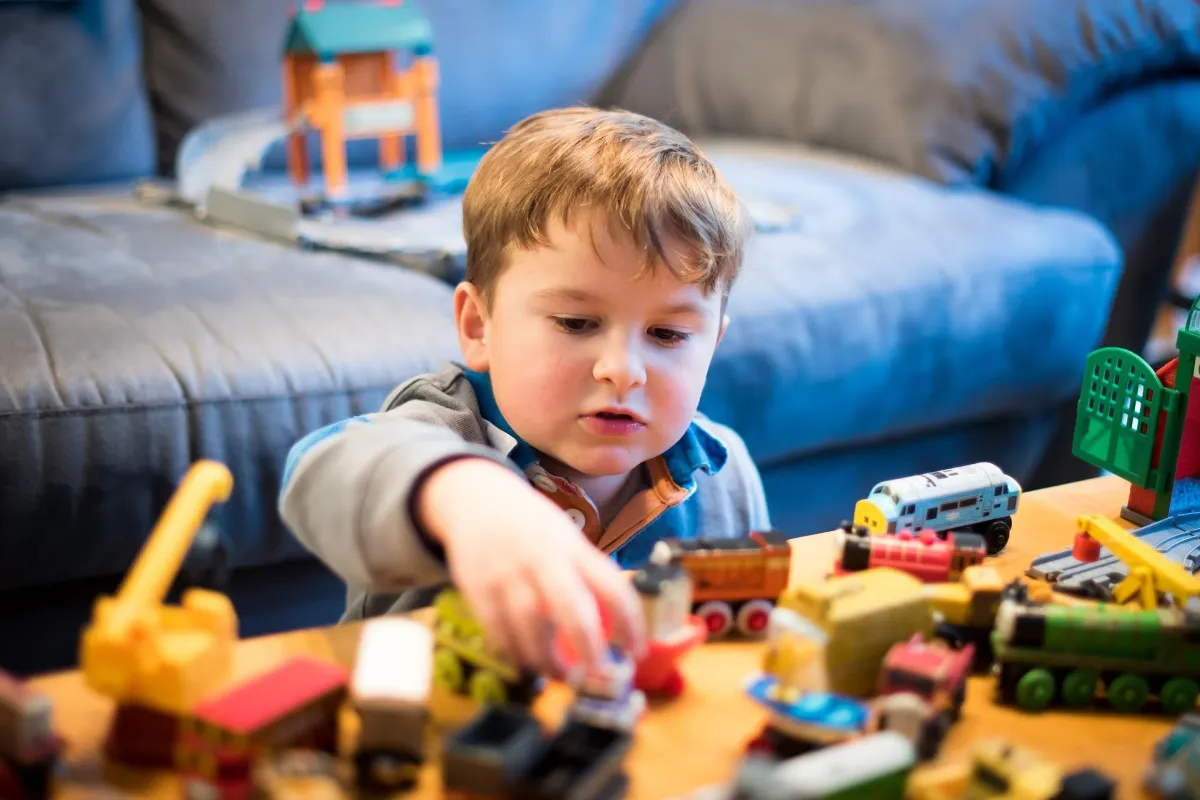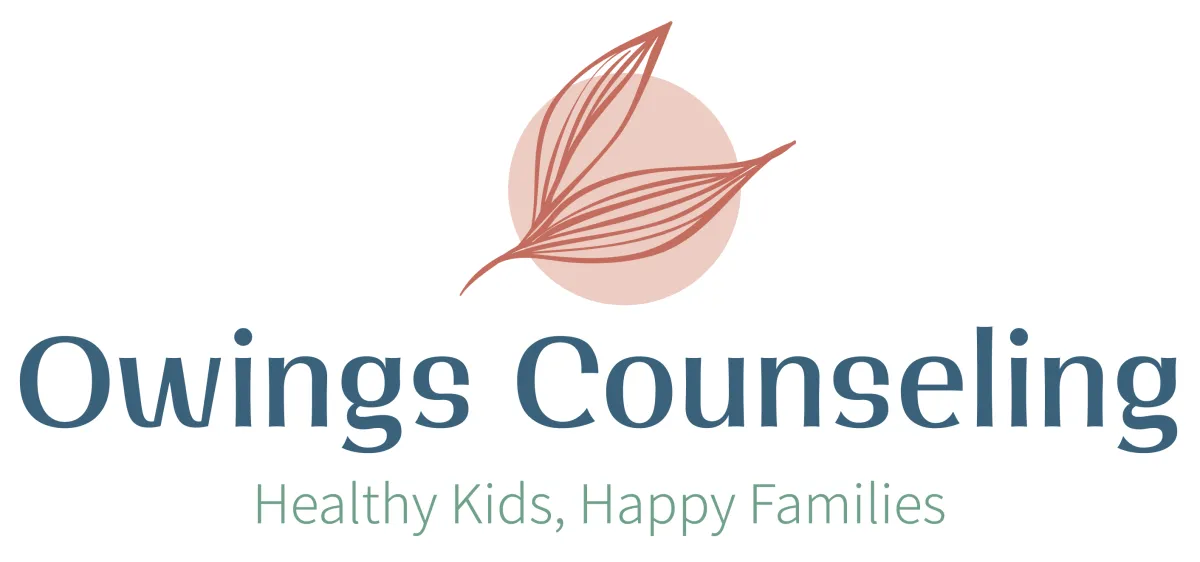

Child Therapy in Kansas City
Young children ages 3–10 typically do best with non-directive, child-centered play therapy. What does this mean? It means the child takes the lead in sessions, using toys, play, and art to communicate their feelings and experiences. In a calm, supportive environment, children express what’s happening in their world, often without needing to say a word. As a child therapist in Kansas City, I’ve seen how powerful this work can be.
When a child feels safe and seen, play therapy becomes a language - and their story begins to unfold.
I most frequently see the following issues in child and adolescent therapy:
A new sibling or an older sibling leaving home
Moving to a new home
Changing schools
Shifts in family dynamics: separation, divorce, remarriage
Death of a pet or loved one
Struggles with self-esteem
Being bullied—or bullying others
Behavioral issues at school
Finding the right teen counselor or child therapist in Kansas City
can feel overwhelming. It's even more difficult when you're seeking someone to work effectively with both kids and adults. That’s why I focus on building a strong therapeutic relationship, one that brings compassion, humor, and honesty into the therapy room.
Kansas City Therapy for Tweens (Ages 10–13)
Tweens often benefit from a mix of non-directive and directive techniques in child therapy. For this age group, sessions might involve games, creative activities, or relaxed conversation - whatever helps them feel most comfortable.
As a licensed juvenile therapist, I commonly support tweens dealing with:
Family transitions or sibling changes
Adjusting to a new home or school
Entering middle school
Divorce or remarriage in the family
Grieving a loved one or pet
Body image or self-esteem struggles
Peer challenges or bullying
Behavioral concerns at school
Navigating puberty and social changes
Learning how to handle social media
If you're looking for children’s therapy services or a trusted therapist for your child, I’d love to help. My office is a welcoming, playful space, where kids can safely explore what they’re feeling and begin to heal.

New clients will receive a consultation phone call before their appointment is approved.
